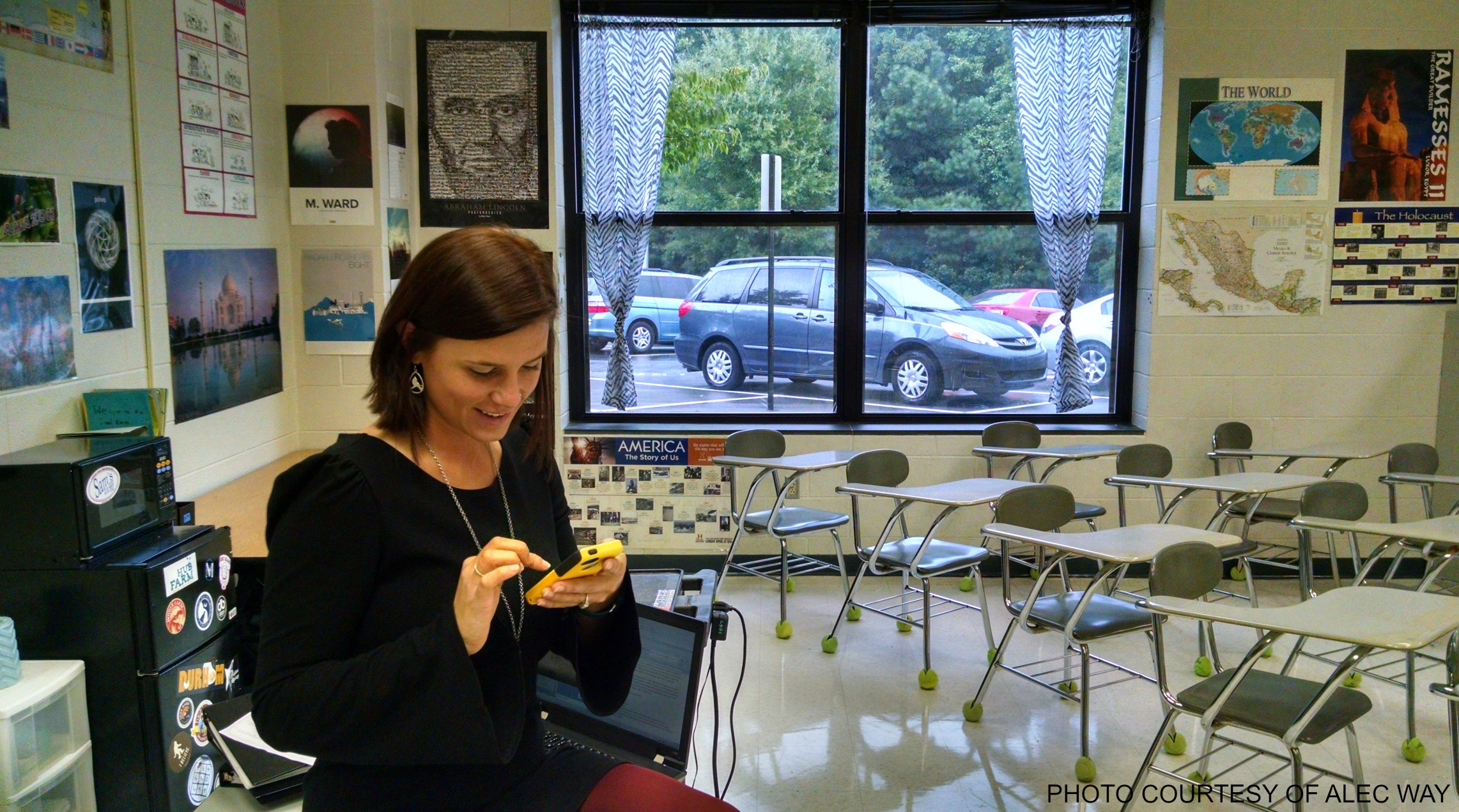The concept of “The teacher on Twitter” has just recently burst onto the face of mainstream education. Controversy over Common Core and US public school systems, as well as foreign competition, has stirred up fervor over how education should be handled in this country.
The major movement, with the advent of the digital age, has been to incorporate social media and the cyber space into education. Early pioneers, such as Blackboard, took a step forward, serving the primary function of a place to get and turn in assignments. This may have moved the classroom online, but it did not change the classroom itself.
Edmodo would try to bridge that gap, pursuing a “Facebook-esque” design. Edmodo has found some success in that regard; the ability to post status, videos, and even polls has enabled more creativity in assignments. In terms of socializing the classroom, it has completely failed.
That’s where many believe Twitter comes in. It seems everyone’s had their say on the issue, students and administrators, except the teachers themselves. Ms. Cade, social studies teacher, is well known around the school for her online Twitter presence.
Cade attributes her success with Twitter to three main things: “Connecting with students & building positive relationships inside and outside the classroom, accessibility & instantaneousness, and willing to evolve and see what works.”
Cade uses her Twitter for the vanilla homework and test announcements. However, she also tweets out fun stuff she’s doing, like say, going to a history museum. Cade says it’s a nice reminder to students that teachers are also people too and that makes them more approachable.
“I think its one of the best ways to build relationships with students, and it’s become a really important way for me to become a positive role model,” said Cade. “Especially with social media and the ways in which students can treat each other negatively, with things like cyberbullying.”
Twitter has also allowed Cade to connect with her students over a common ground, that in previous generations wasn’t there, social media.
“My motivation was my distaste for Edmodo and Blackboard. I was like there’s a better way to reach kids, and you have to think like a teenager,” said Cade. Cade emphasizes accessibility as the main problem with Edmodo and Blackboard.
Twitter is free and anyone, even someone without an account can view her Twitter. Contrastly, Edmodo and Blackboard require remembering codes and signing into websites, and in the case of Edmodo, the school actually has to pay for the service.
Another thing Twitter has is just raw instantaneousness. “If there is ever a time that you need something from me, like a pdf document or a powerpoint, I would prefer that a student contact me directly, rather than go through something like an Edmodo post.”
Twitter is so much easier in that regard. Students are always checking their Twitters, but how often are they likely to open their browser, and sign onto Edmodo or Blackboard.
According to Cade, Twitter’s 140-character limit also helps students by forcing them to synthesize and be concise with their thoughts. And that it’s overall, just made her class that much more interactive.
Cade has had a long history on social media, even back when Facebook required a college email address, so she claims it was a natural evolution for her to incorporate social media into class.
“When I started student teaching at Northern High School in Durham, not last year, but the year before, I was like I’m going to use Twitter in my classroom,” said Cade. “It started from there and when I got the job at leesville I kept it up because I got good feedback from student teaching. They liked it and it’s rare that kids like students teachers, so I decided that’s why they liked me so I kept it.”
That seems to be true here at Leesville too. Cade is well known and loved for having a Twitter. She says she receives great feedback on both the academic and personal tweets. “I have signed 5 or 6 [teachers] in the past 6 weeks for Twitter. They see the success I have with it in connecting with students.”
Cade claims that she didn’t use Twitter because she wanted to use Twitter, but because she thought it was the best way. “I walk around, and all I see is you and your phones. My motivation was what is the best way to connect with my kids. Next year it’ll be some new thing; you just have to be constantly willing to evolve and change your methods.”
As of now Twitter doesn’t appear to be going anywhere. Ms. Cade found success on Twitter in terms of connecting with her students, getting information out, and finding creative ways to incorporate social media and projects into the class, that simply are not possible through Edmodo and Blackboard.
Everyone else seems to agree. Just browse her Twitter feed for a couple seconds and there’s 475 students following, tweeting, retweeting, and using her Twitter for classwork.

Leave a Reply